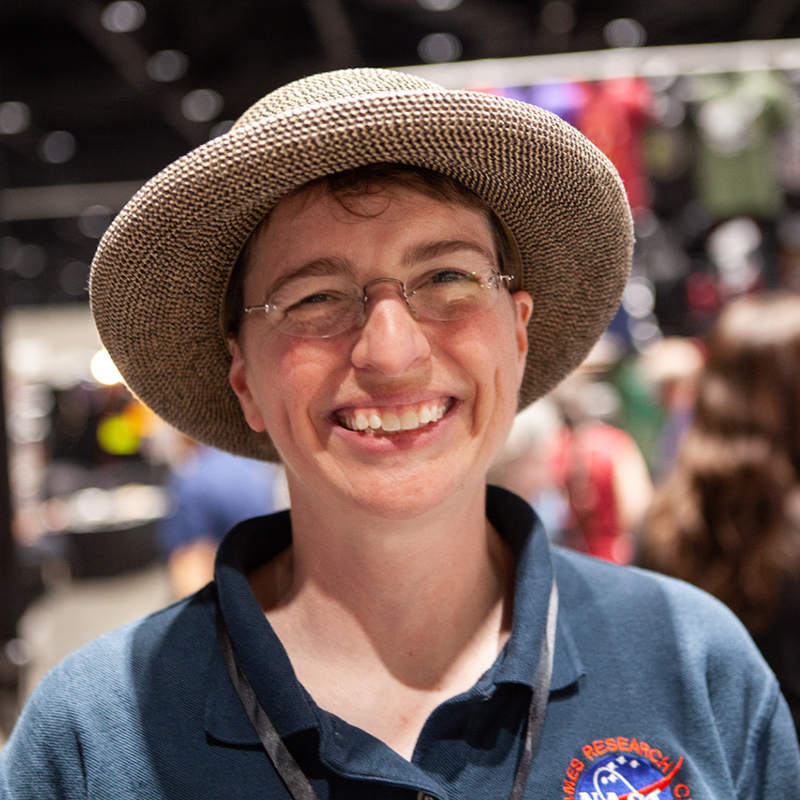The world’s premier flying observatory is unravelling the mysteries of our Universe by studying fundamental processes affecting the formation of stars, planets and galaxies.
SOFIA, which stands for the Stratospheric Observatory for Infrared Astronomy, features a Hubble-sized telescope in a modified Boeing 747SP, flying high into Earth’s stratosphere (12km) to enable us to study the infrared Universe.
Why does SOFIA view in infrared?
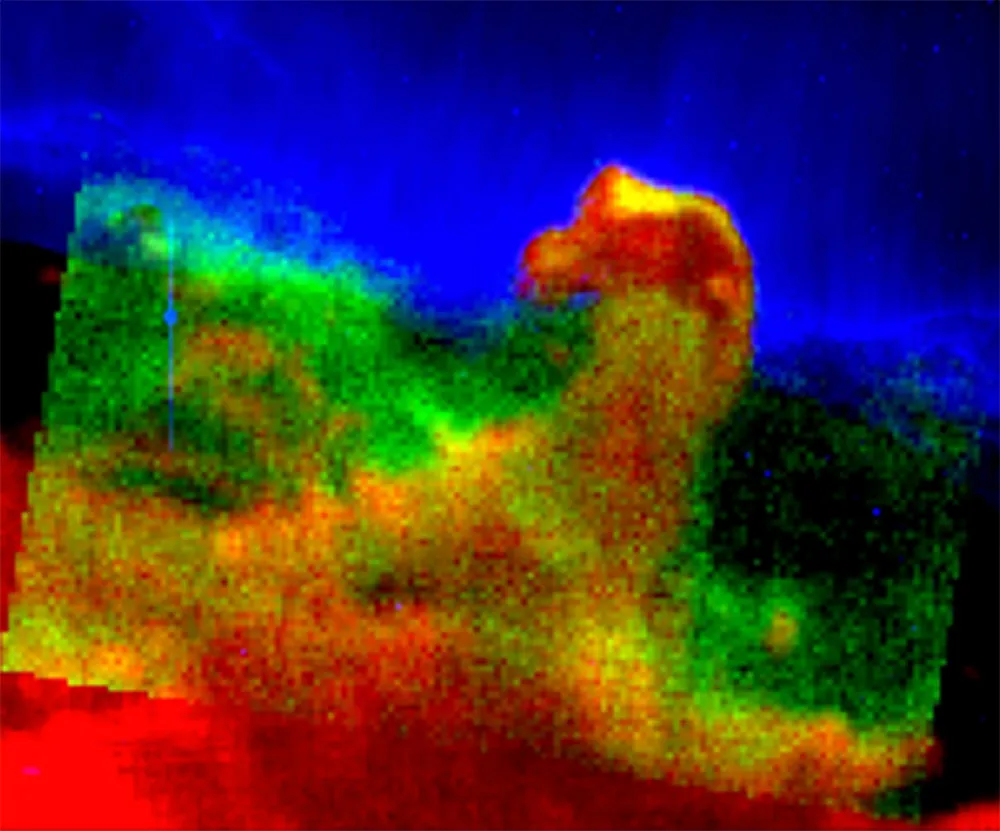
Why infrared? Over half of the ‘light we see’ in the Universe is radiation that has been absorbed by dust and re-emitted at infrared wavelengths.
Much of the space between stars is filled with atomic and molecular gas – mainly hydrogen and helium – and tiny pieces of dust (solid particles), composed of heavier elements like carbon, oxygen and silicon.
By observing the infrared light we are seeing both the ingredients for new stars – gas and dust – and leftover dust that has been created by both stellar birth and death.
What does SOFIA do?
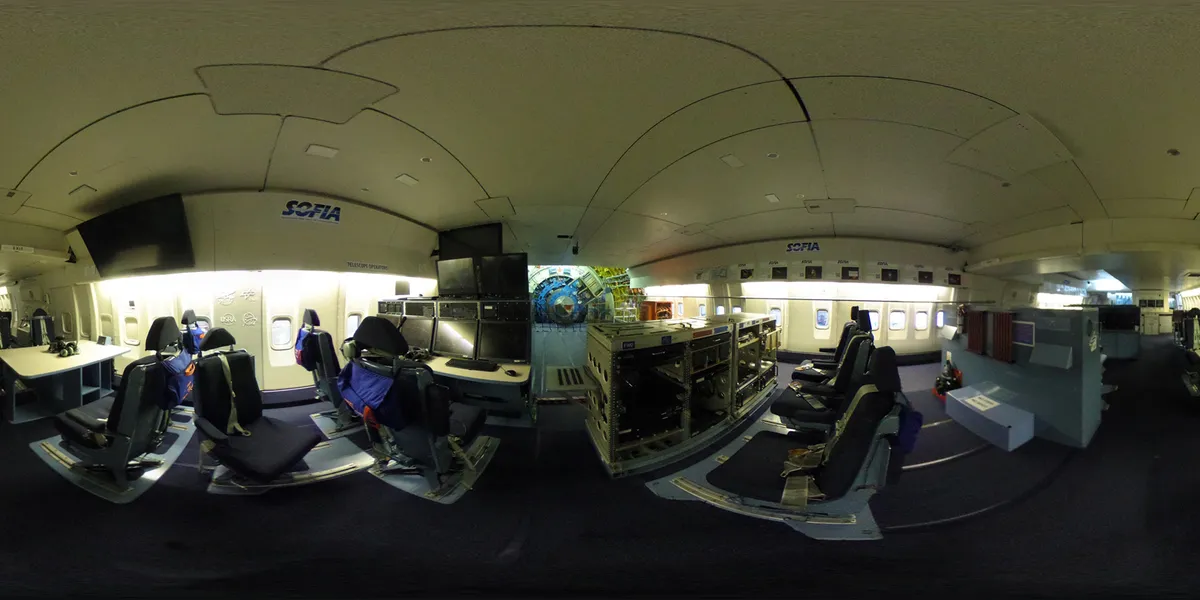
We still do not know how, when and where stars form. We have a rough idea but the variety of star-forming regions seen today indicates it is a complicated process.
SOFIA employs a suite of instruments to tackle the underlying triggers or inhibitors of star formation.
By periodically changing its equipment SOFIA reaps the benefits of cutting-edge technology.
For example, the GREAT (German REceiver for Astronomy at Terahertz frequencies) spectrometer is ideally suited to measuring spectral lines in a variety of star-forming environments.
This improves our knowledge of how stars form at the earliest stages, specifically by looking at gas in molecular clouds.
With GREAT, we can observe emissions from ionised carbon and atomic oxygen to understand shocks, thermal conditions and collapsing motions of gas that can form new stars.
Additionally, GREAT hunts for small molecules called hydrides, the basic building blocks of chemical pathways in our Universe, to probe the physical conditions in these clouds.
SOFIA’s polarimeter, HAWC+ (High-resolution Airborne Wideband Camera-plus), can map magnetic fields on the scales of star-forming clouds and ‘snake-like’ filaments.
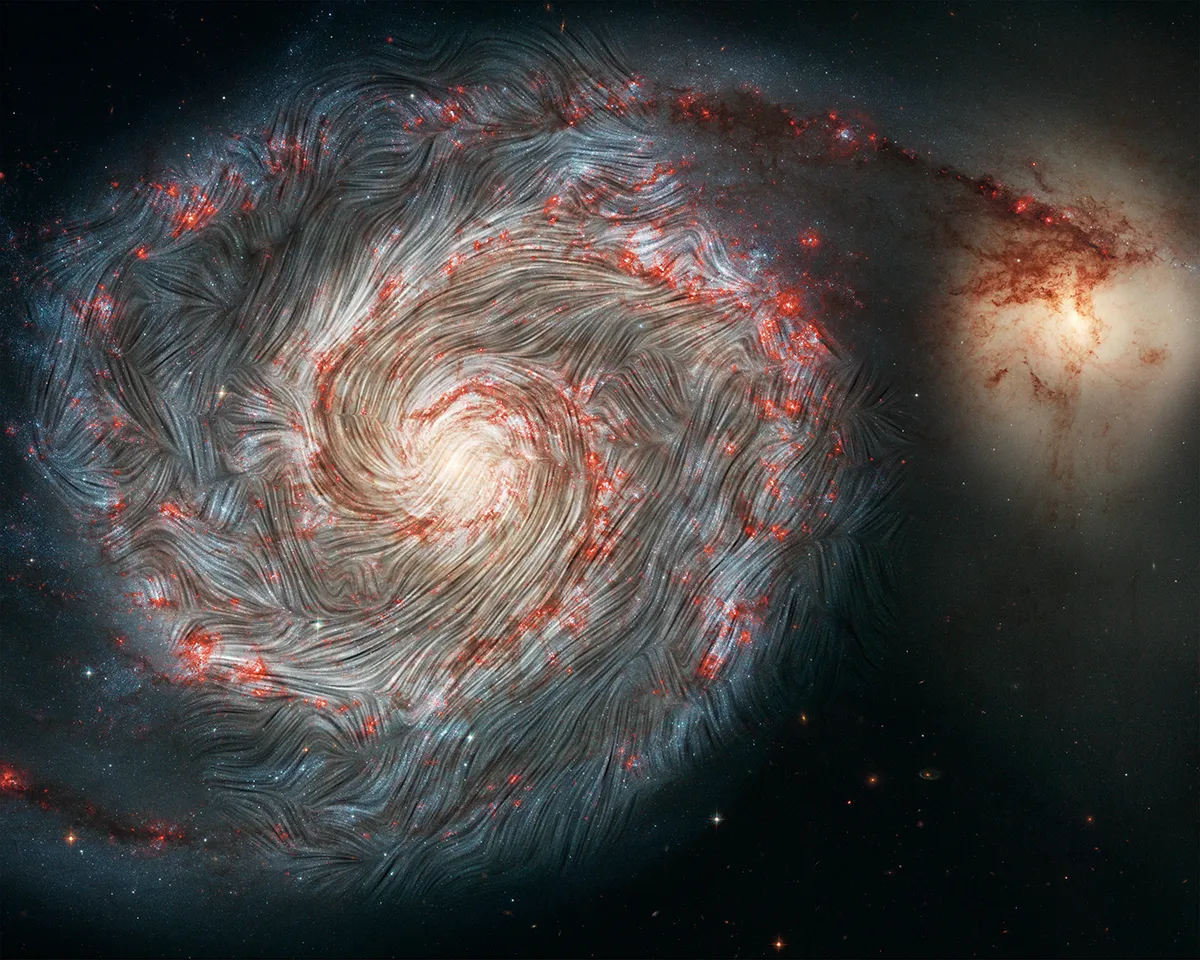
Spinning dust grains aligned in the presence of magnetic fields emit polarised light. HAWC+ detects this and derives the geometry – and perhaps strength – of surrounding magnetic fields.
We are on the verge of observational evidence that can tell us whether magnetic fields help guide gas flowing onto filaments to a point where they become unstable and initiate gravitational collapse to form stars, or if they prevent clouds from collapsing to form stars.
Is the Holy Grail of understanding star formation within our reach?
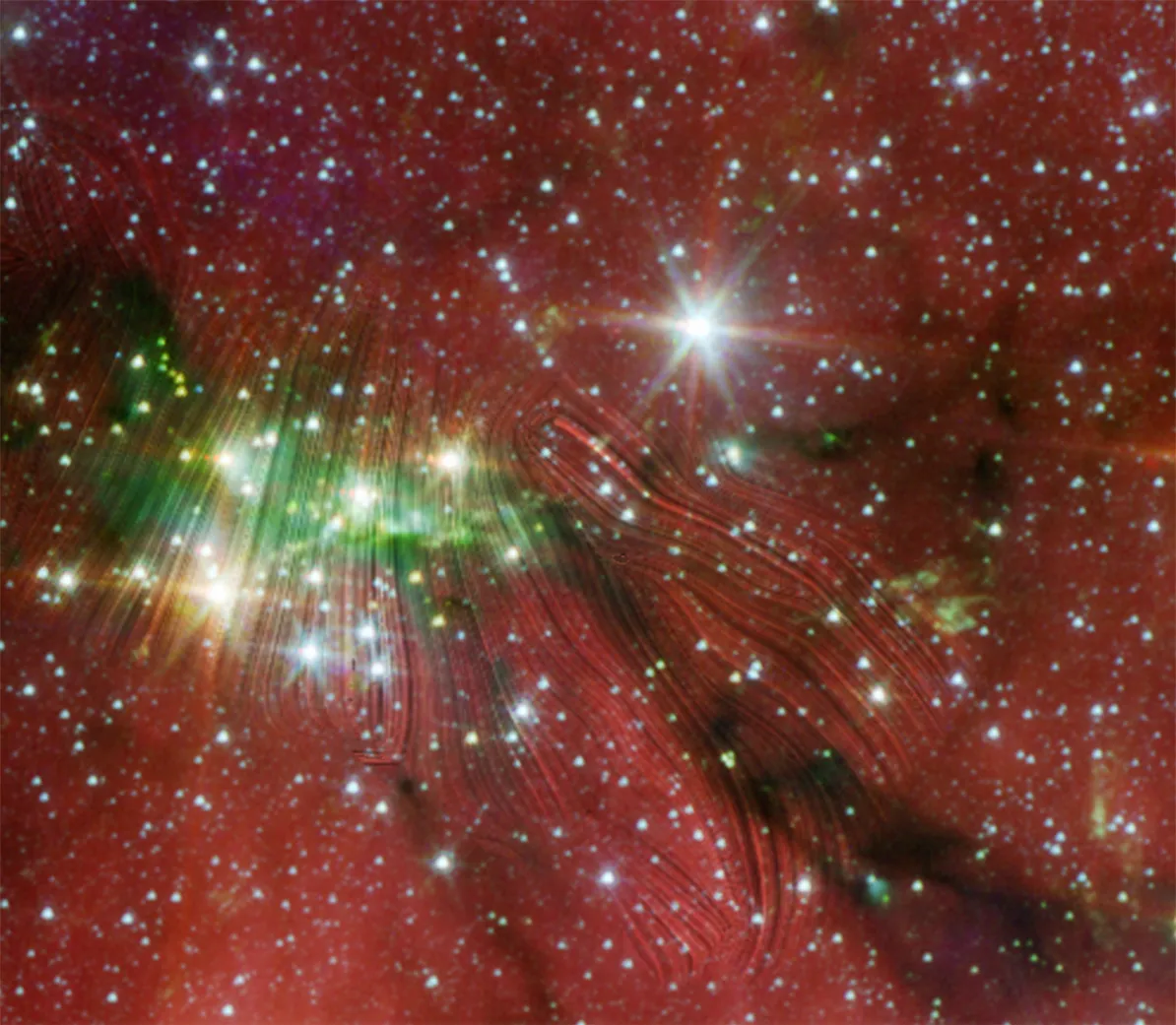
This marvel of an airplane-mounted telescope, unaffected by light turbulence, equipped with a high-tech instrument suite and able go wherever the science demands, brings new perspectives in pursuit of astronomy’s most ancient questions.
For more information visit sofia.usra.edu.
This article originally appeared in the January 2019 issue of BBC Sky at Night Magazine.
